Things change so fast at this time of year. I’m going to arrange this post by plant, as these photographs were taken over a few days.
Tulipa tarda, a Species Tulip
I was puttering around Saturday morning and spotted these little tulip buds. I was certain it would be a couple of days before they opened.

I was wrong. The flowers opened Saturday afternoon—but the wind had kicked up, so I did not get any good photographs. This was taken the following morning.
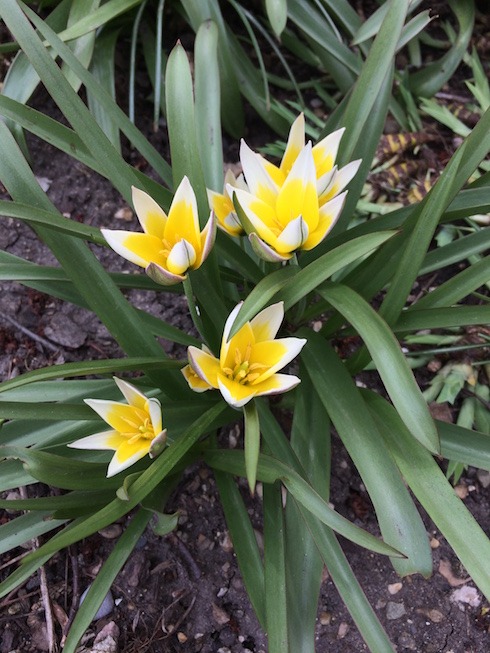
I started with a few bulbs, but when they finished blooming that first spring, I discovered that they go to seed. I scattered some along my back fence to see what would happen. They have been very happy there, despite the silver maple that I had been assured would be very difficult to garden under.
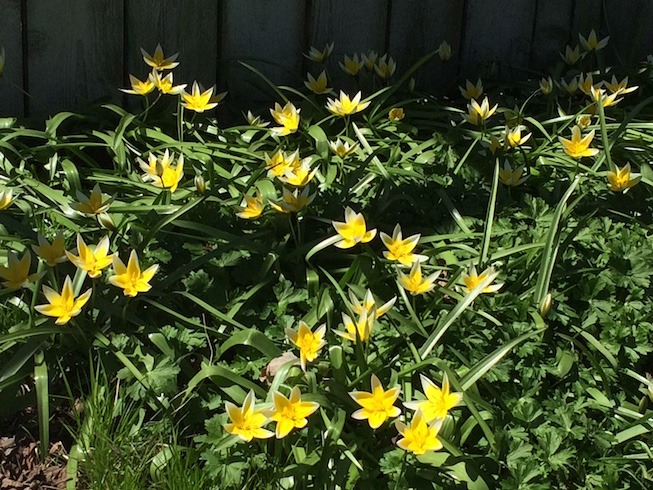
Native Ephemera
The Dutchman’s breeches are at their peak.
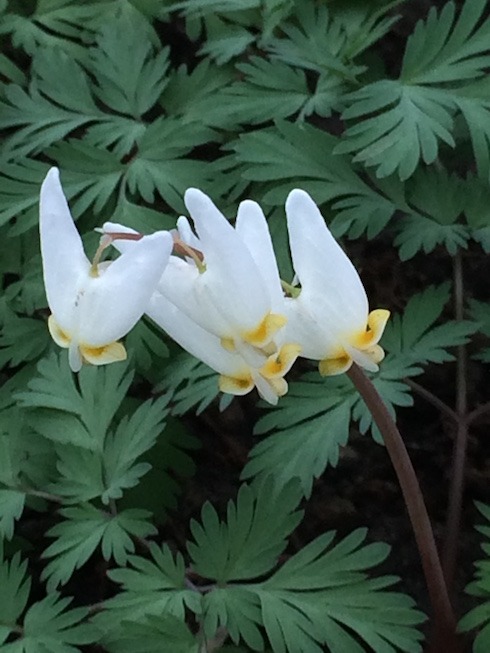
Meanwhile, the hepatica have dropped most of their petals and are developing little seedpods while a burst of fresh foliage comes up.
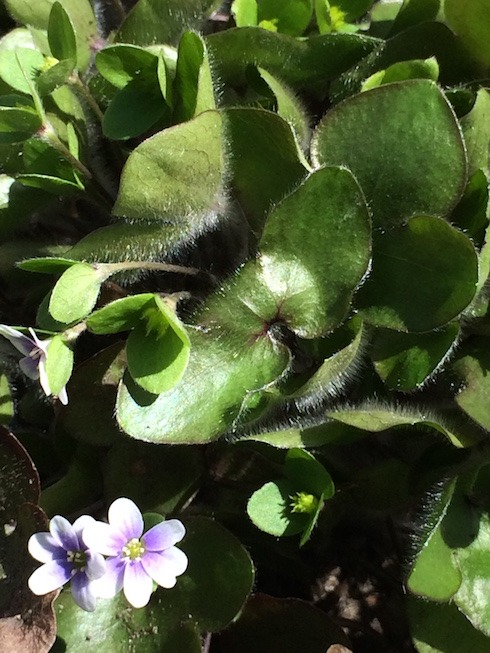
The trout lilies have put in an appearance, although I do not think they will bloom unless we get a good soaking rain.
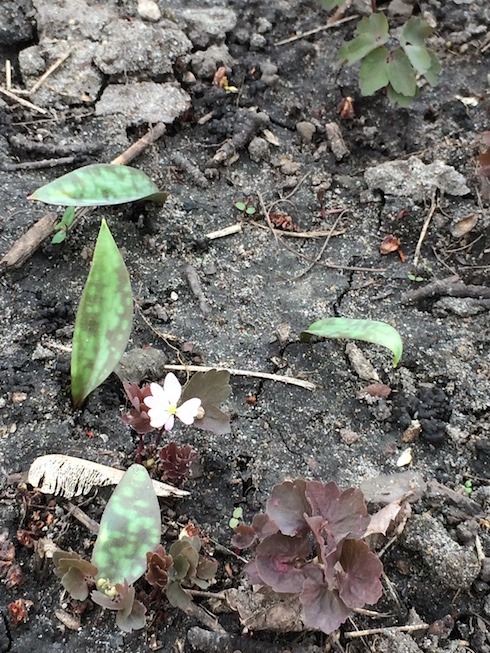
The trillium have appeared; they are amazing. Their three leaves are wrapped around one substantial flower bud when they pop out of the ground. That’s the whole plant.
Within just four days, they are about ready to bloom. I found this little group peeking out from the edge of a patch of Dutchman’s breeches.
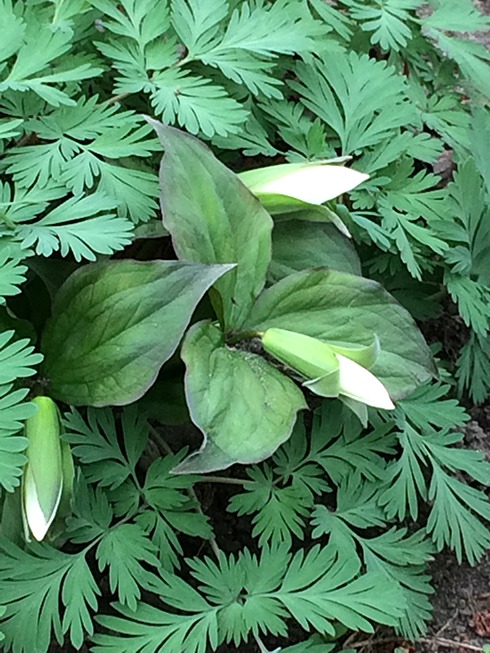
I will write more later—while these herbaceous plants were moving fast on one side of the house, woodier plants and the rain garden were also showing rapid change.